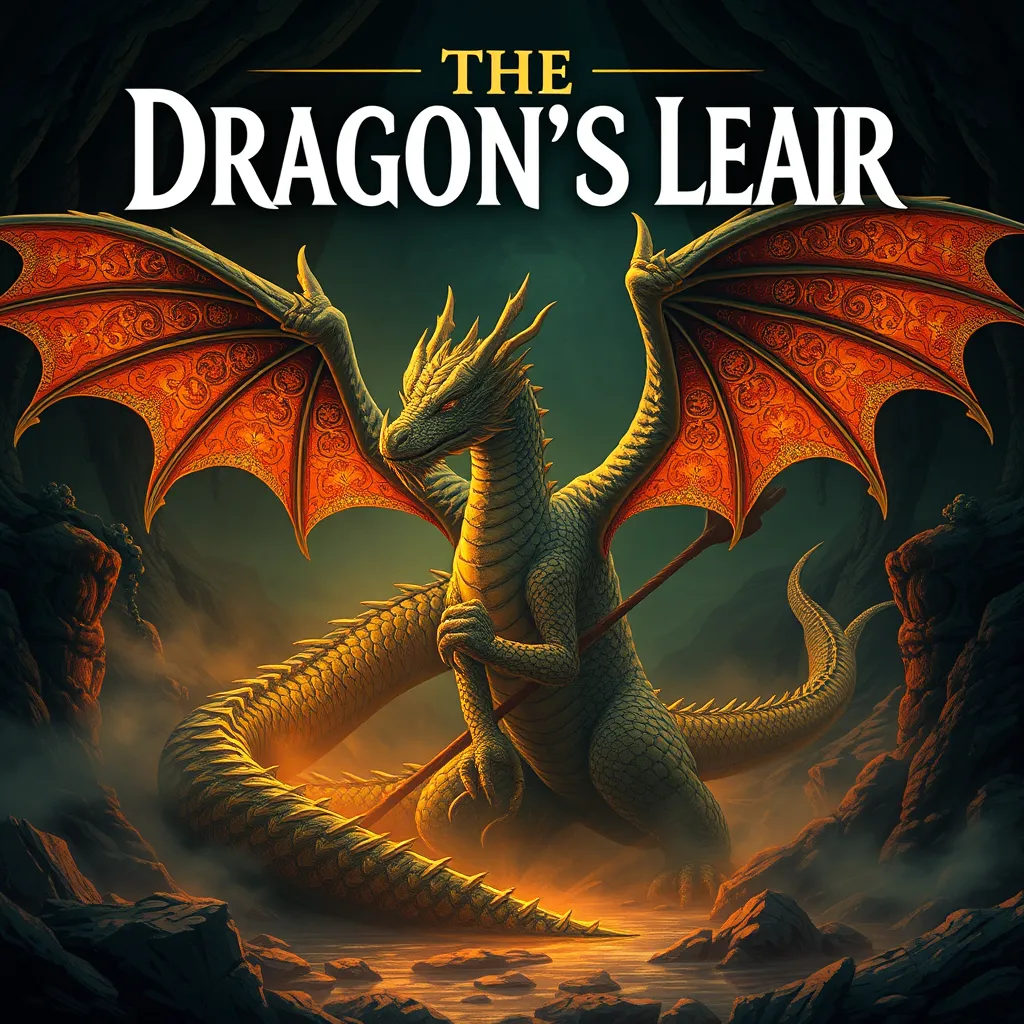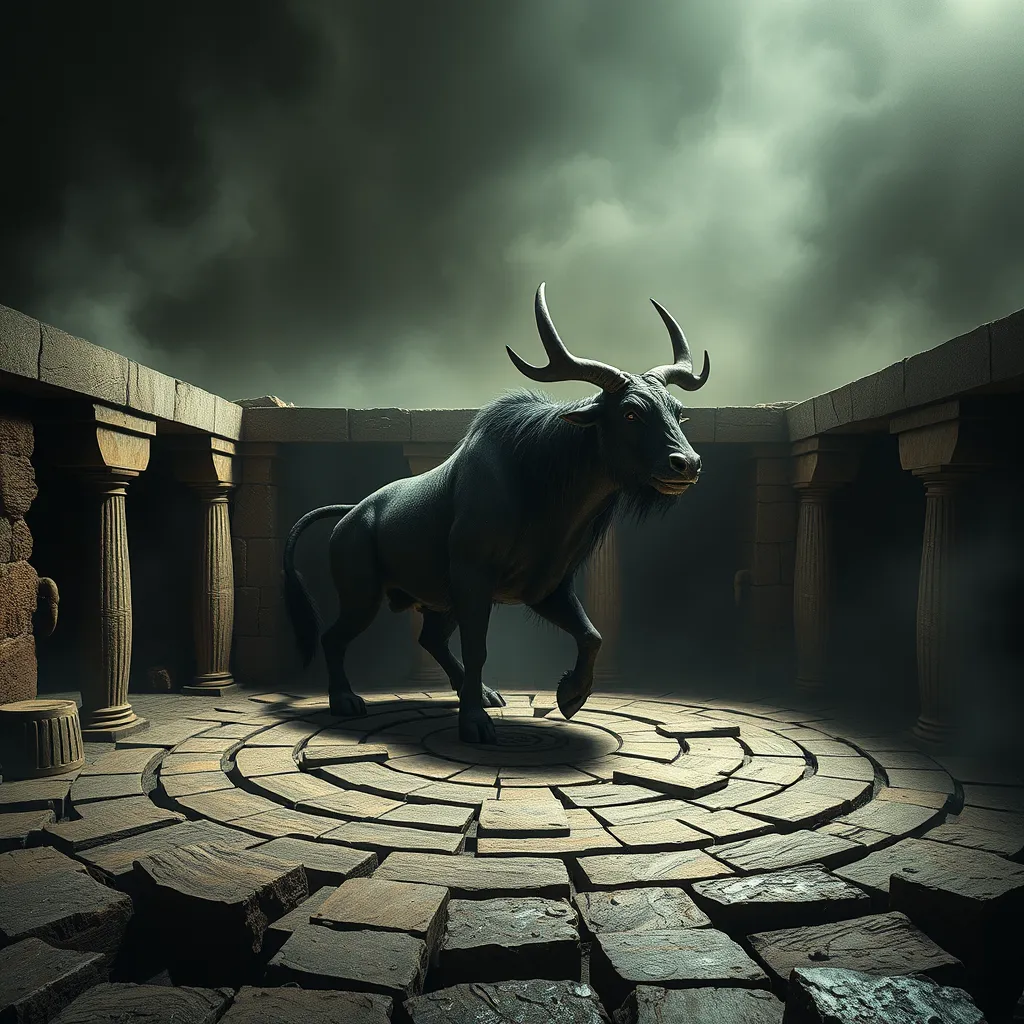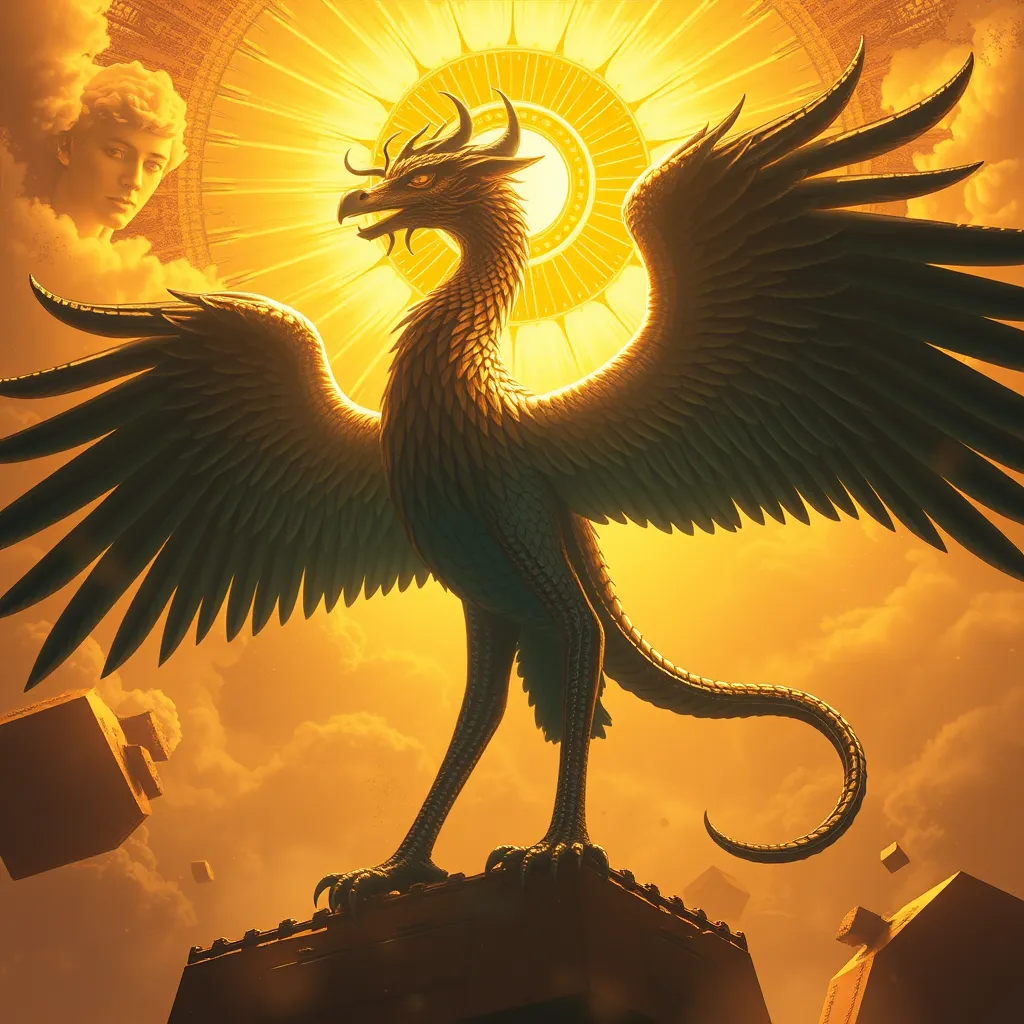The Dragon’s Lair: A Guide to Discovering Dragon Legends and Locations Across the Globe
I. Introduction to Dragon Myths and Legends
Dragons have captivated the human imagination for centuries, appearing in various forms across different cultures and time periods. These mythical creatures are often depicted as powerful, fearsome beings, embodying both wisdom and chaos. From ancient texts to modern tales, dragons serve as symbols of strength, mystery, and the unknown.
The cultural significance of dragons varies widely from one society to another. In some cultures, they are revered as benevolent guardians, while in others, they are feared as destructive forces. This guide aims to explore the rich tapestry of dragon legends and the locations associated with them, inviting readers to delve into the world of these enchanting creatures.
II. A Brief History of Dragons in World Mythology
Dragons have a storied history in world mythology, with roots tracing back to ancient civilizations.
A. Dragons in ancient civilizations: Mesopotamia, Egypt, and China
In Mesopotamia, dragons such as Tiamat were depicted as primordial beings representing chaos and creation. The ancient Egyptians revered the serpent goddess Wadjet, who was often associated with protection and royalty. In China, dragons symbolize power, strength, and good luck, playing a pivotal role in cultural celebrations and folklore.
B. European dragon lore: From Beowulf to St. George
In Europe, dragons often appear as adversaries in heroic tales. The epic poem Beowulf features a dragon that ultimately leads to the hero’s demise. The legend of St. George and the dragon emphasizes the theme of good triumphing over evil, further entwining dragons in European folklore.
C. Dragons in indigenous cultures: Native American and Australian Aboriginal perspectives
Indigenous cultures also have their interpretations of dragon-like creatures. For Native Americans, the Thunderbird is a powerful being that can control the weather and is often depicted as a dragon-like figure. In Australian Aboriginal mythology, the Rainbow Serpent is a creator deity, symbolizing fertility and the life-giving forces of water.
III. Notable Dragon Legends from Around the World
Across the globe, various dragon legends have emerged, each with its own unique characteristics and significance.
A. The Chinese Dragon: Symbol of power and good fortune
The Chinese dragon is a revered figure, embodying strength, wisdom, and auspiciousness. Unlike the fearsome dragons of Western lore, Chinese dragons are seen as benevolent, often associated with water and agriculture.
B. The Naga: Serpentine beings in South Asian mythology
Nagas are serpent-like beings in South Asian mythology, often regarded as guardians of springs, rivers, and treasures. They play significant roles in Hindu and Buddhist traditions, symbolizing fertility and the connection between the earth and the underworld.
C. The Wyvern: European dragon variant and its significance
The wyvern is a dragon variant in European heraldry, typically depicted with two legs and a barbed tail. It symbolizes war and conquest, often seen on coats of arms and flags.
D. The Quetzalcoatl: The feathered serpent of Mesoamerica
Quetzalcoatl, known as the feathered serpent, is a significant deity in Mesoamerican cultures, representing wind, air, and learning. This duality of bird and serpent embodies the connection between the heavens and the earth.
IV. Famous Dragon Locations to Visit
For those eager to explore dragon lore in person, several locations around the world are steeped in these legends.
A. The Great Wall of China: Connection to dragon lore
The Great Wall of China is often likened to a dragon stretching across the landscape, symbolizing protection and strength. The wall’s construction was partly motivated by the desire to keep out invaders and safeguard the people, much like a dragon guarding its territory.
B. The Isle of Skye, Scotland: Home of the legendary dragon
The Isle of Skye is home to numerous myths, including stories of dragons that once roamed its rugged landscapes. The Old Man of Storr rock formation is often associated with dragon legends, providing a mystical backdrop for exploration.
C. The Dragon’s Backbone Rice Terraces, China: Mythical connections
The Dragon’s Backbone Rice Terraces, located in Guangxi Province, are named for their resemblance to a dragon’s spine. According to local legends, a dragon once descended to earth, leaving behind these terraces as a symbol of its power.
D. Mount Fuji, Japan: The dragon’s resting place according to legend
Mount Fuji is considered a sacred site in Japanese culture and is often associated with dragon legends. According to some myths, a dragon rests at the summit, watching over the land and its people.
V. The Role of Dragons in Modern Culture
Dragons continue to thrive in modern culture, permeating various forms of media.
A. Dragons in literature: From J.R.R. Tolkien to modern fantasy
In literature, dragons have been immortalized in works such as J.R.R. Tolkien’s “The Hobbit,” where the dragon Smaug plays a pivotal role. Modern fantasy genres continue to depict dragons, exploring their complexities and relationships with humans.
B. Depictions of dragons in film and television
Dragons have become iconic in film and television, as seen in series like “Game of Thrones,” where dragons are central to the storyline, symbolizing power and legacy. Animated films like “How to Train Your Dragon” present a more whimsical, friendly portrayal, appealing to audiences of all ages.
C. The impact of dragons on gaming and pop culture
In gaming, dragons are often depicted as formidable foes or powerful allies. Titles such as “Dungeons & Dragons” and “The Elder Scrolls” series have solidified dragons as integral components of their narratives, captivating players worldwide.
VI. How to Explore Dragon Legends in Your Travels
For those interested in tracing the footsteps of dragons, planning a dragon-themed journey can be rewarding.
A. Planning your dragon-themed journey
- Research destinations rich in dragon lore.
- Create an itinerary that includes historical sites, natural wonders, and local myths.
- Consider guided tours that focus on folklore and cultural significance.
B. Recommended tours and experiences
Many travel companies offer tours that delve into the myths surrounding dragons. From guided hikes in Scotland to cultural tours in China, these experiences can enhance your understanding of dragon lore.
C. Tips for engaging with local cultures and traditions
- Learn a few phrases in the local language to connect with residents.
- Participate in local festivals celebrating dragon lore.
- Respect cultural practices and traditions related to dragon myths.
VII. Preserving Dragon Lore and Heritage
The preservation of dragon lore and heritage is crucial in maintaining cultural identity and storytelling traditions.
A. The importance of storytelling and oral traditions
Storytelling serves as a vital means of passing down dragon legends from one generation to the next. Oral traditions help keep these myths alive, allowing communities to connect with their history.
B. Efforts to preserve dragon-related sites and stories
Many organizations and local governments work to preserve sites associated with dragon legends, ensuring that these cultural treasures remain accessible to future generations.
C. Community involvement and tourism’s impact on local legends
Engaging with local communities through tourism can foster a deeper appreciation for dragon lore. Responsible tourism practices can support the preservation of these legends while providing economic benefits to local populations.
VIII. Conclusion: The Enduring Fascination with Dragons
Dragons continue to capture the human spirit, representing an enduring fascination with the mythical and the unknown. From their historical roots to their modern manifestations, these creatures inspire awe and curiosity.
As we explore the legends and locations associated with dragons, we uncover the rich tapestry of human culture and imagination. Whether through literature, travel, or local traditions, the allure of dragons invites us to embark on our own journeys of discovery.
So, take the plunge into the world of dragons—explore their legends and locations, and perhaps you will find a dragon waiting for you in your own adventures.



